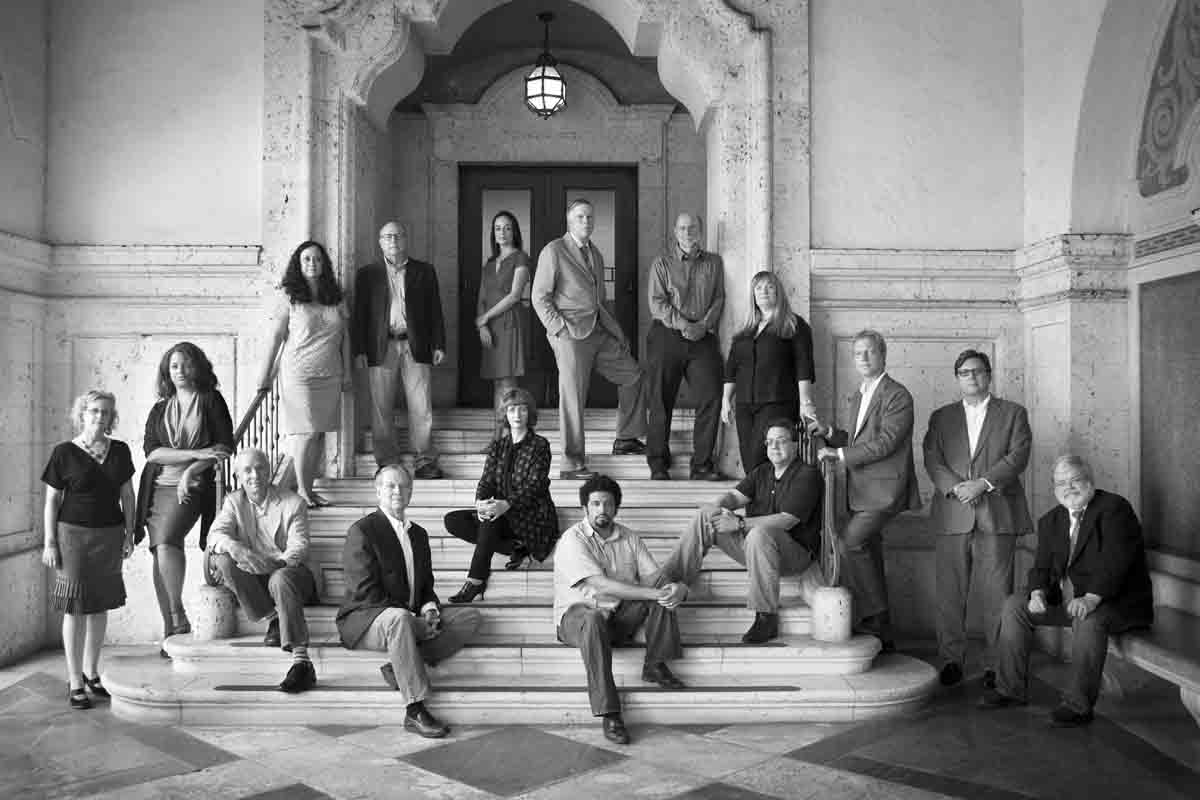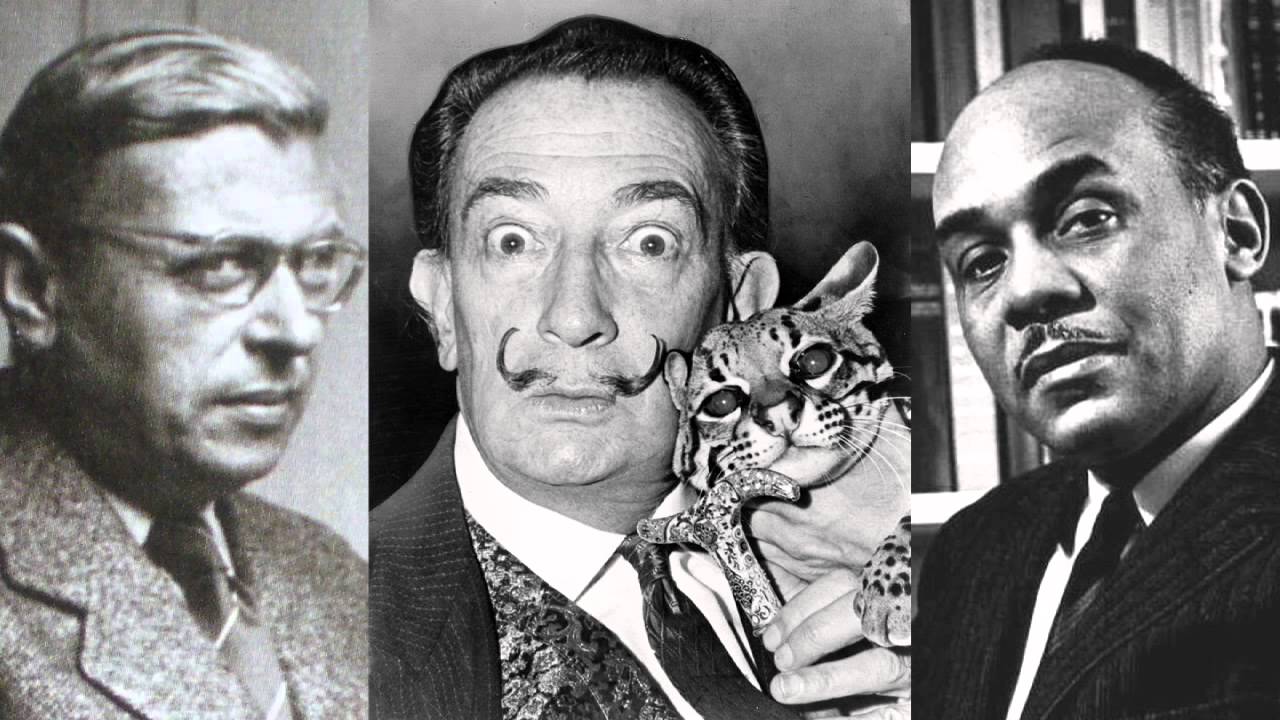We are pleased to share our interview with Ransom Center member Susan Scafati, an Austin-based, American contemporary artist. She is a member of Lakes Were Rivers, an artist collective showcased in the Ransom Center’s 2013 exhibition Contemporary Photographic Practice and the Archive. [Read more…] about Member Profile: Susan Scafati
Roy Flukinger
Ransom Center staff to contribute to new Texas-themed UT Press book series
The University of Texas Press recently announced the undertaking of the publishing project The Texas Bookshelf, a series of 16 books, with an accompanying website, focusing on all things Texan. All books are to be written by faculty and staff at The University of Texas at Austin. The inaugural book, to be released in 2017, will be a history of Texas written by Stephen Harrigan, faculty member at the Michener Center for Writers. The subsequent books will focus on Texas history, business, culture, art, music, film, politics, and more.
Of the contributors, two are affiliated with the Harry Ransom Center.
Greg Curtis, Humanities Coordinator at the Ransom Center and Senior Lecturer at The University of Texas at Austin, plans to write a book on the history of Texas literature, with profiles of the lives of Texas writers and critical responses to their work.
Roy Flukinger, Senior Research Curator at the Ransom Center, will be writing and compiling a volume about the evolution and expansion of twentieth-century photography in Texas, which will feature hundreds of significant images created by important photographers and artists who worked throughout the state during that century.
Image: Photo of contributors to UT Press series The Texas Bookshelf by Michael O’Brien.
University of Texas at Austin partners with online learning initiative
When University of Texas at Austin Professor of Philosophy Daniel Bonevac and Ransom Center Senior Research Curator of Photography Roy Flukinger taught the course “Ideas of the Twentieth Century” last fall, they had 100 students.
[Read more…] about University of Texas at Austin partners with online learning initiative


